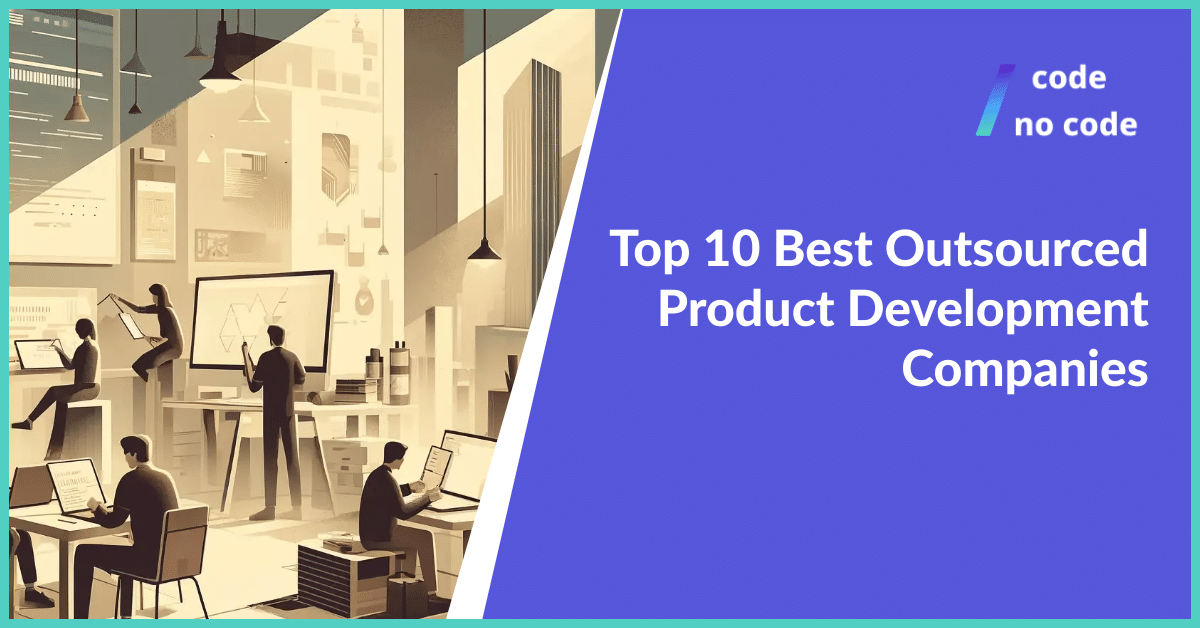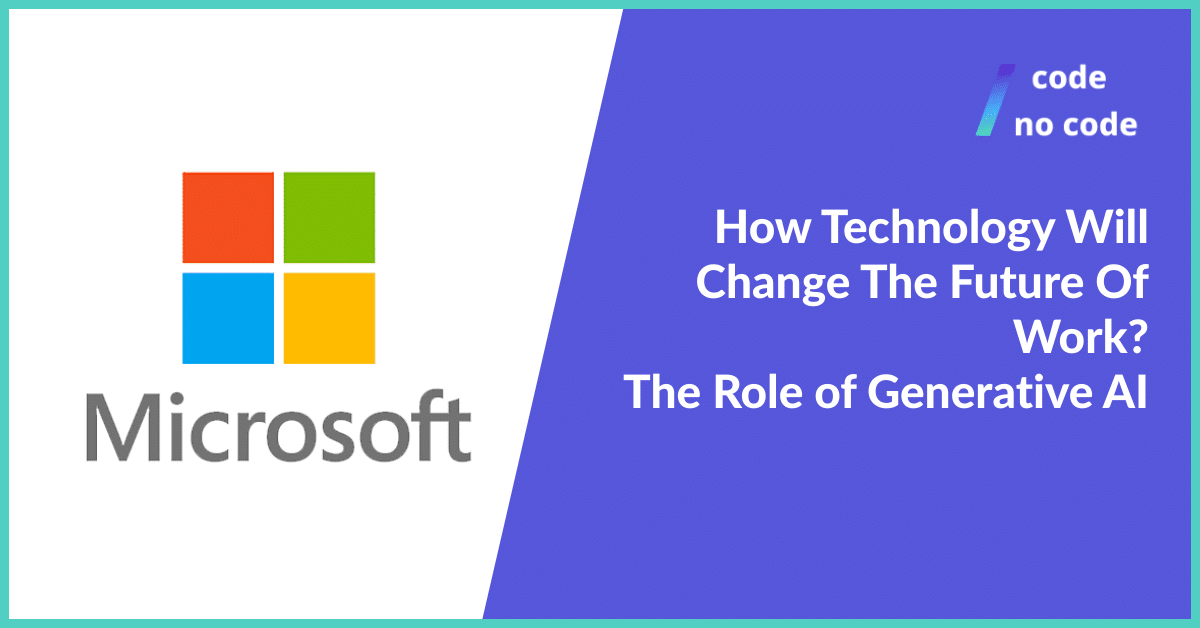
Top 10 Best Outsourced Product Development Companies
The year is 2024. Outsourcing, once the boogeyman of corporate development horror stories (“They took our jobs!”) has now become a badge of honor—a cunning strategy adopted...
Every year since COVID Microsoft releases a work report about the trends in their workplace. This year, the report highlights how technological advances, including Generative AI, are shaping the future of work and impacting Microsoft employees’ work.

We do not receive similar reports from other large companies. It is interesting to hear how AI is used in Microsoft and how it affects certain aspects of work.
The New Future of Work is an initiative that aims to create solutions for a future of work that is meaningful, productive, and fair. It started during the pandemic to address the urgent need to understand remote work practices.
The report aims to summarise recent and relevant research for those interested in reimagining work for the better, as challenges are being made to a decades-old approach to work. Therefore, the New Future of Work Initiative now focuses on artificial intelligence.
While predicting the future with absolute certainty is impossible, 2024 is already shaping up to be an interesting year for the world of work. Here are some of my predictions not regarding just AI:
AI and Automation: Generative AI is expected to significantly boost productivity and innovation in some industries, particularly knowledge-based ones. This surge in productivity could have profound implications for economic growth, potentially altering growth patterns across the globe. Additionally, the integration of AI and automation into various sectors is likely to reshape the labor market, with significant impacts on employment, skills requirements, and wages.
Hybrid and Remote Work: The trend towards remote and hybrid work arrangements is likely to continue, driven by employee preferences for flexibility and the ongoing impact of the pandemic. This shift is fundamentally altering the job market, with implications for where and how people work, and the types of jobs that are available.
Talent Shortage and Competition: With an aging workforce and high demand for skilled labor, many industries are facing talent shortages. The rapid pace of technological change is exerting pressure on the labor force, necessitating continuous skill development and adaptation.
New Technologies: Technologies like virtual and augmented reality are finding applications in various industries, leading to new work tasks and skills requirements. The adoption of these technologies could exacerbate income inequality, as the benefits of innovation are not always evenly distributed across society.
Focus on Wellbeing and Sustainability: As mental health awareness grows, companies will prioritize employee wellbeing through initiatives like stress management programs and mental health resources.
Quick disclaimer: The statistics are approximate, and some of the key points are rephrased.
Generative AI is not just about automating tasks; it’s revolutionizing the workplace by enhancing human capabilities, enabling workers to achieve more with less effort and in less time. This transformative technology is accelerating productivity and reshaping the tasks we perform at work. For instance, AI-driven tools can now draft emails, create reports, and even generate code, tasks that once consumed a significant portion of our workday. This shift allows workers to focus on more strategic, creative tasks that AI cannot easily replicate.
However, integrating AI into work processes is not without its trade-offs. While productivity gains are evident, they come alongside significant challenges. The displacement of jobs by automation requires a thoughtful approach to support those affected. Moreover, the rapid pace of technological change demands agility and a willingness to adapt from both businesses and workers.
As we navigate this new landscape, the emergence of new jobs driven by advancements in AI is undeniable. These roles not only underscore the importance of technology in creating employment opportunities but also highlight the need for individuals to acquire new skills to thrive in these positions.
Microsoft studies have shown that people complete simulated information work tasks more quickly and produce higher quality results when using generative AI-based tools:
For some tasks, increased speed can come with moderately lower correctness.
The Microsoft AI and Productivity Report summarises findings from eight early studies.
These studies primarily focused on the use of M365 Copilot for tasks carried out by information workers, where LLMs are most likely to provide significant value. The tasks include summarizing meetings, retrieving information, and creating content.
Many studies have used AI’s current capabilities to try to measure where AI will have the biggest impact – either by making some people more productive or by replacing some roles.
The report highlights the potential for AI to improve many aspects of work, including the creation of new jobs by 2030. This shift is expected to transform the job market, emphasizing roles in industries driven by technological advancements. While it is unlikely that many current jobs will be entirely replaced by AI soon, the landscape of employment will evolve to include new positions and opportunities in emerging sectors.
Increased productivity through the use of AI may allow teams to remain small even as a company expands, or enable companies to operate efficiently with a smaller team. This reflects a broader shift towards economies that value time-based experiences and reduced dependence on traditional paid jobs, opening up entrepreneurial opportunities in new industries.
Customer service and other jobs that involve online chatting with customers will be among the most affected. Many companies already use AI chatbots to handle customer inquiries, reducing the need for large teams. However, companies that sell SaaS products may not be able to rely solely on AI, indicating a nuanced impact of AI on the job market that includes both displacement and the creation of new roles.
The Microsoft future of work reports provide valuable insights into how new trends are affecting work. The 2023 report focuses on AI, which appears to be increasing productivity.
AI is proving to be a useful tool for those who need to create text-based content. I am excited about the future of work and look forward to the next report and how AI will continue to evolve over the next year.